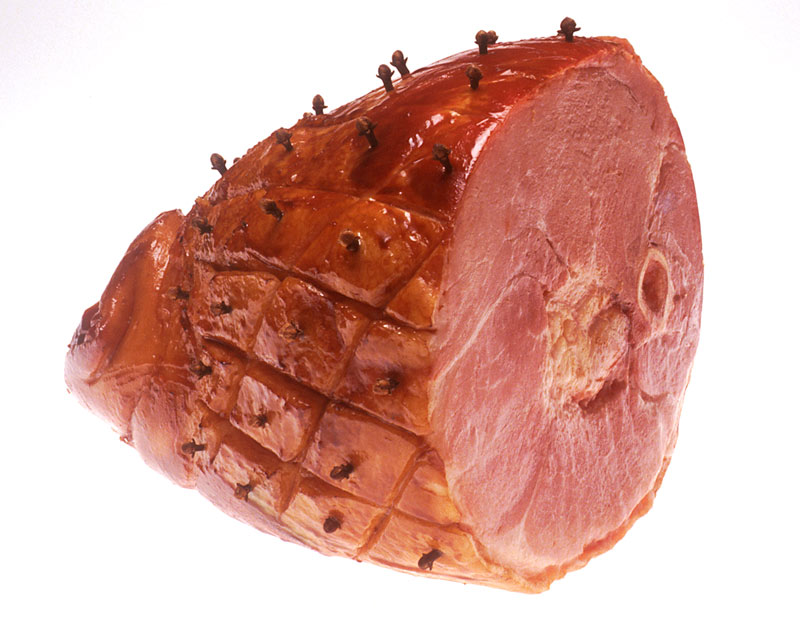You May Have Pulled a Hamstring

Unfortunately, hamstring strains are both common and painful. They strike athletes of all sorts — including runners, skaters, and football, soccer, and basketball players.
But what is a hamstring? It isn’t actually a single ”string.” It’s a group of four muscles that run along the back of your thigh. They allow you to bend your leg at the knee.
During a hamstring strain, one or more of these muscles gets overloaded. The muscles might even start to tear. You’re likely to get a hamstring strain during activities that involve a lot of running and jumping or sudden stopping and starting.
Getting a hamstring strain is also more likely if:
- You don’t warm up before exercising.
- The muscles in the front of your thigh (the quadriceps) are tight as they pull your pelvis forward and tighten the hamstrings.
- Weak glutes. Glutes and hamstrings work together. If the glutes are weak, hamstrings can be overloaded and become strained.
What Does a Hamstring Strain Feel Like?
Mild hamstring strains may not hurt too much. But severe ones can be agonizing, making it impossible to walk or even stand.
Other possible symptoms of a hamstring strain are:
- Sudden and severe pain during exercise, along with a snapping or popping feeling
- Pain in the back of the thigh and lower buttock when walking, straightening the leg, or bending over
- Tenderness
- Bruising
To diagnose a hamstring strain, a doctor or physical therapist will give a thorough physical exam. He or she will ask specific questions about how the leg was injured.
What’s the Treatment for a Hamstring Strain?
Luckily, minor to moderate hamstring strains usually heal on their own. You just need to give them some time. To speed the healing, you can:
Rest the leg. Avoid putting weight on the leg as best you can. If the pain is severe, you may need crutches until it goes away. Ask your doctor or physio if they’re needed.
Ice your leg to reduce pain and swelling. Do it for 20-30 minutes every three to four hours for two to three days, or until the pain is gone.
Compress your leg. Use an elastic bandage around the leg to keep down swelling.
Elevate your leg on a pillow when you’re sitting or lying down.
In some cases, your doctor may recommend non-steroidal anti-inflammatory drugs (NSAIDs), like ibuprofen (Advil, Motrin) or naproxen (Aleve, Naprosyn) to help with pain and swelling. They should be used only as your doctor recommends.
Practice stretching and strengthening exercises if your doctor/ physio recommends them. Strengthening your hamstrings is one way to protect against hamstring strain.
In severe cases where the muscle is torn, you may need surgery. The surgeon will repair the muscles and reattach them.

